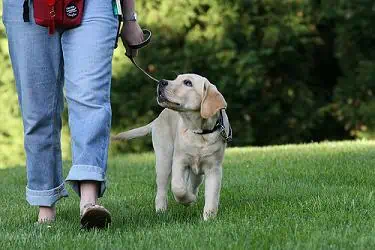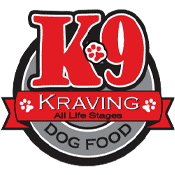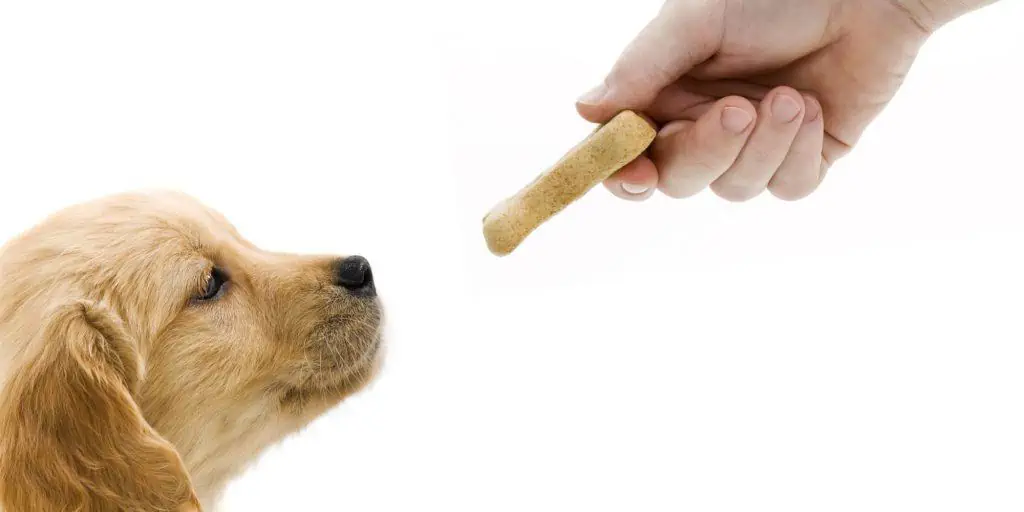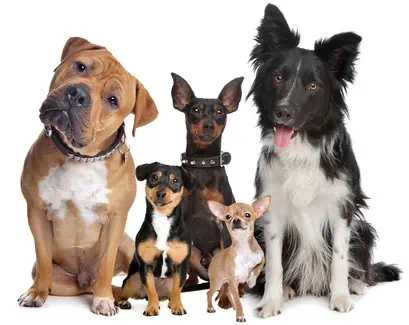Leash Training Your Dog: Part 2

Pick up the Pace
Your dog is less likely to get distracted and wander away if you are moving at a brisk pace. This doesn't mean you have to jog or run. Just try moving swiftly as you walk so he stays focused on the walk itself.
Get Special Treats for Leash Training
In order to truly entice your dog to walk with you successfully, you need a new set of treats that will drive him crazy. If you already know that he prefers one type of treat over another, stop using the one he really likes for day to day commands. After he's been off them for a week or two, you can use those treats for leash training. He will instantly become more willing to obey because he knows there are good things to come.
Make sure his dog-walking treats are soft and easy to chew, since you will be giving them to him frequently as you walk. You should be able to pop them in his mouth and go.
Run off the Energy before the Walk
Perhaps the biggest misconception people have about leash training their dogs is that the dog needs to have a lot of energy to go on a walk. That's not true at all. Unless you have a senior dog with mobility issues, your dog will be willing to walk with you regardless of how tired he is. Let your dog run around the yard for a few minutes before you start your leash training so he's not as hyper and out of control. This calm demeanor will allow him to focus on the walk itself, and it will make it easier for you to keep him by your side.
Get Your Dog in Check before the Walk Starts
Discipline doesn't start when you go on a walk. You need to be consistent with your commands and the authority you have over your dog. He should respect who you are and what you say at home, or he'll struggle with the control on the walk. If your dog starts jumping around and freaking out when he knows you're going out for a walk, take care of that behavior first. Get him to sit or stand while you put the leash or collar around him, and stop moving if he continues to jump around. Eventually he will learn to keep his excitement levels to a minimum.
Train without Distractions
Don't go to a dog park or popular walking trail for your first leash training session. You may actually start this process at home in your backyard until your dog gets used to the leash itself. The more stimuli your dog has around him, the harder it will be for him to focus on walking and paying attention to you. Walk early in the morning when no one is out or go to a park that people don't normally visit. Enjoy this special bonding time with your pet, and you will have some great training sessions to look back on.



